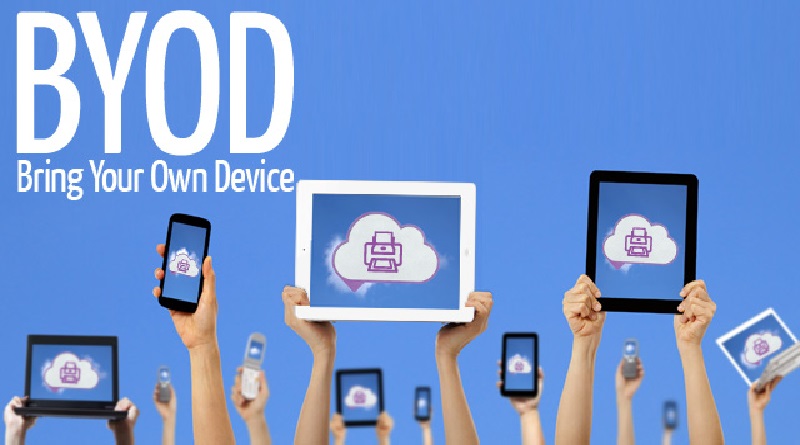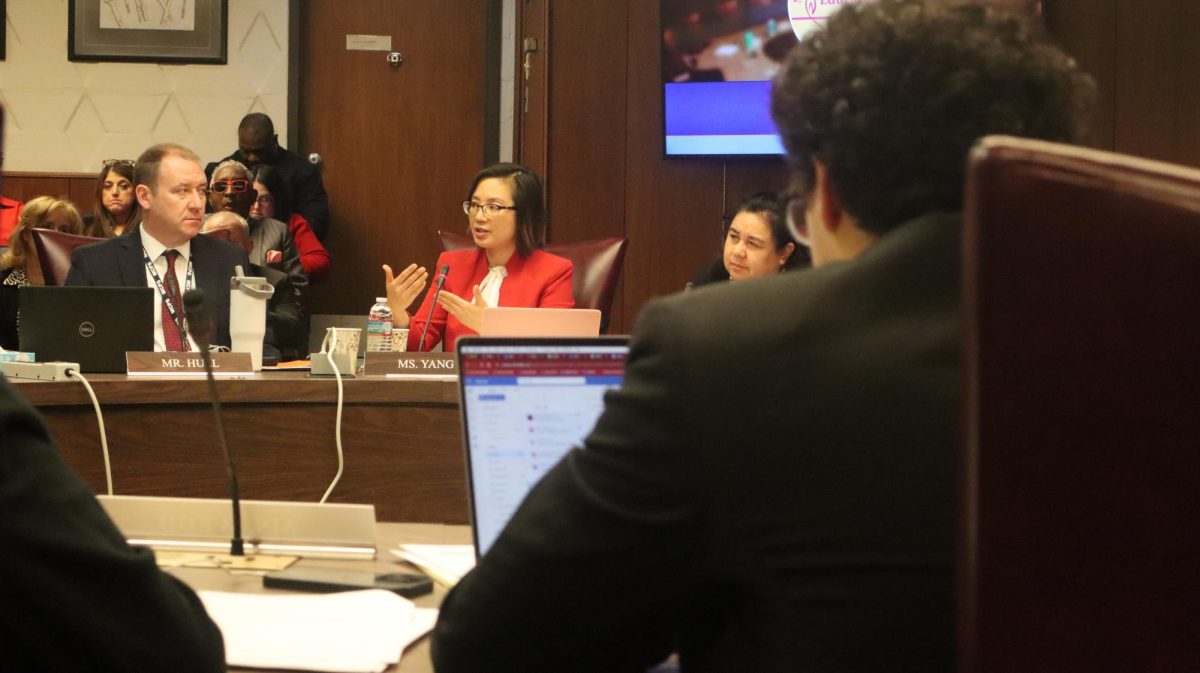It’s the twenty-first century. Technology is rapidly gaining power – Apple enthusiasts sleep outside stores to be the first owner of the next iPhone, movies about robots and spaceships are clogging the film industry, and you won’t go a minute without seeing someone scrolling away on a tiny screen. On an international scale, technology is everywhere. So it comes as a surprise to no one that student use of technology is now being promoted in Montgomery County Public Schools.
However, as inevitable as it may have been, I am not in support of the 2014 “Bring Your Own Device” policy proposed by recent Student Members of the Board (SMOBs). Although it has been met with great praise from many, I can’t help but notice a seemingly insignificant but unforgettable pattern among a majority of its supporters.
2012-2013 SMOB John Mannes: Northwest High School. 2013-2014 SMOB Justin Kim: Poolesville High School. 2014-2015 SMOB Dahlia Huh: Clarksburg High School. 2015-2015 SMOB Eric Guerci: Bethesda Chevy-Chase High School.
Isn’t it true that all of these recent SMOBs have been from Upper or Western Montgomery County? Wouldn’t you agree that there seems to be a lack of underrepresented minority SMOBs? Clearly from better-reputed areas and ethnicities, each of these students has actively advocated for the implementation of the BYOD policy, not once seeming to address any possible controversy.
I attended a small, completely unheard-of Silver Spring elementary school that was located right next to a Section 8 housing project. I tutored at Broadacres Elementary, where, according to MCPS reports, approximately 95% of students are eligible for free or reduced lunch. I overheard a conversation at Montgomery Blair High School, during which a student was asking his counselor if he could switch out of one of his classes because it required computer use out of school.
What many people overlook is that there are people who can’t afford their own devices, or even Internet access, even in one of the wealthiest counties in the nation. Imagine going to school, hearing your teacher tell the class to search something up on their smartphones, and then watching every other person in the room rapidly tapping away while you sit there blankly in humiliation.
Adjusting the policy so that schools can choose whether they would like to participate seems like a plausible and tempting option. But flaws immediately begin to appear. How can a school know for sure that all its students will be satisfied with BYOD? How can it ensure the equal treatment of all students and minimize gaps between various schools? The answer is: it can’t.
And not only is BYOD an issue of student equality, but also an issue of technology as a means of distraction. Let’s face it–no one actually listens to, or even reads, that black wifi pop-up that supposedly says something along the lines of: “wifi should be used for school-related purposes only.” And sure enough, classrooms are filled with students opening their mouths to test out the new Snapchat update during class, all while connected to the school wifi.
Studies by Psychology Today have shown that an increase in technology use is linked to limited thinking abilities. Imaginations narrow, rapid skimming of information is learned, and attention spans decrease in length. All of these are vital skills in the real world, but also in school. It’s a bit ironic that what officials are attempting to bring into schools will actually hinder students.
A number of students have also used BYOD to escape punishments. They have been texting or scrolling through their feeds on the false pretense of searching up a word, for instance. Truth be told, about 99% of the time, devices in school are not used for their intended purposes.
Of course, they do come in handy the other 1% of the time. I acknowledge that. It’s very nice to be able to whip out a smartphone for a quick game of Kahoot or to translate a foreign word into English. But we still have other resources such as computers or dictionaries, so why not sacrifice a quick text for the greater good? Eliminate BYOD.













